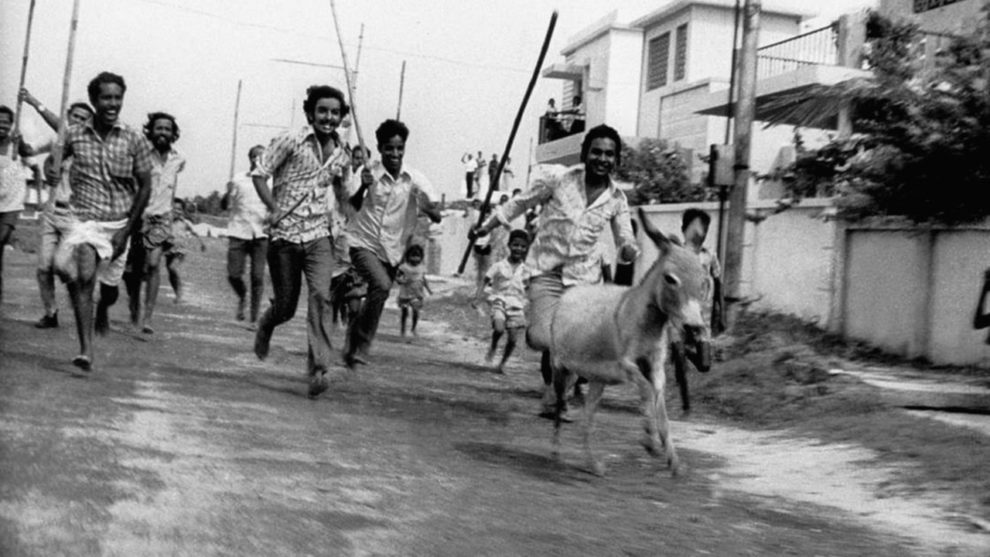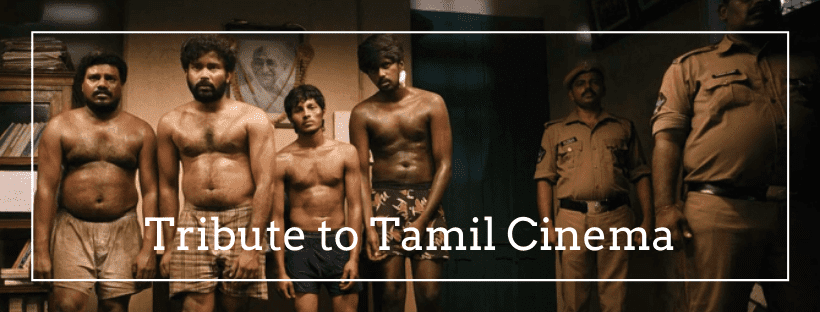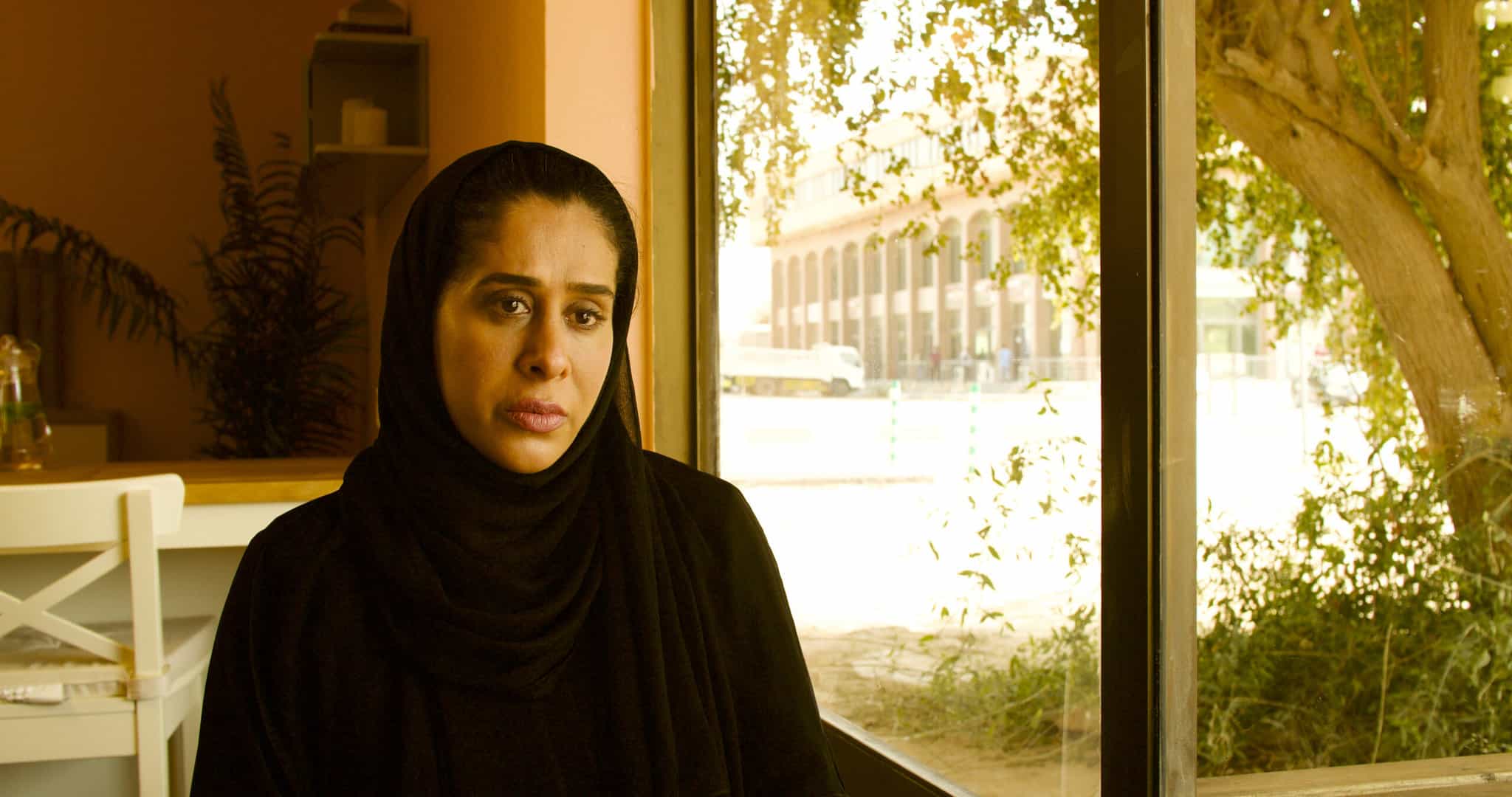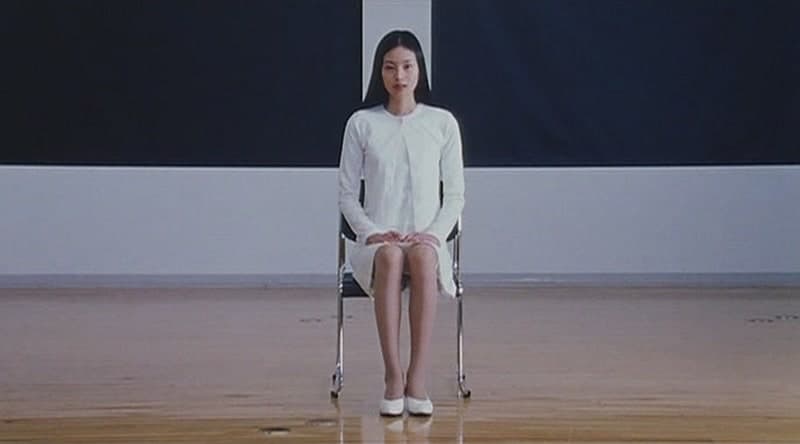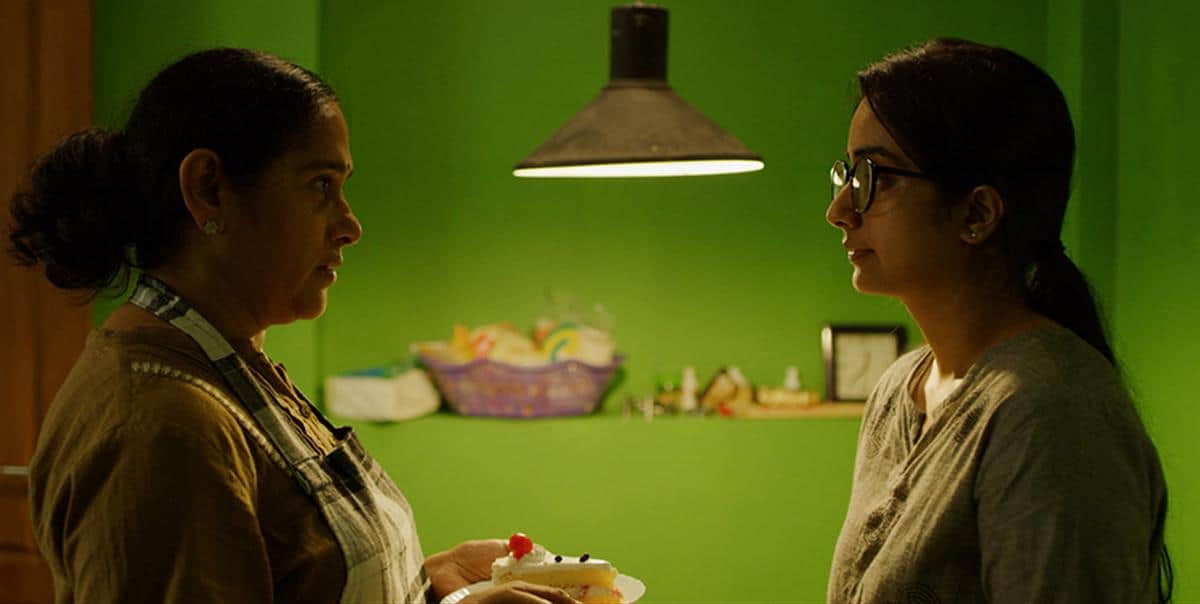Malayali filmmaker John Abraham is rightly regarded as one of the most influential talents in the vast history of Indian cinema. While his magnum opus is undoubtedly the 1986 masterpiece “Amma Ariyan“, one needs to experience Abraham's filmography in its entirety to properly understand his avant-garde sensibilities. His second film, “Donkey in a Brahmin Village”, represents a unique cultural palimpsest that has generated a legacy of its own due to the director's posthumous recognition and subsequent critical revaluation. The recipient of national awards like the Best Feature Film in Tamil and an entry in the IBN's list of “100 greatest Indian films of all time,” the film is now recognized as an indispensable manifestation of John Abraham's unsettling artistic vision.
Inspired by Robert Bresson's 1966 drama “Au Hasard Balthazar “(which was based on a passage from Fyodor Dostoyevsky's “The Idiot”), Abraham presents us with a disturbing parable about prejudices and bigotry through the simple story of an adorable baby donkey. The film stars M. B. Sreenivasan as Narayanaswami, a philosophy professor who returns home from work to find that a little donkey has wandered into his house. He learns that the villagers had beaten the donkey's mother to death in a frenzied act of unabashed violence. Unable to ignore the philosophical and ethical codes that he had devoted his entire life to, Narayanaswami decides to adopt the donkey despite the fact that the people in his community consider the animal to be untouchable. “I felt a living thing had come to me for love and affection,” he explains. “I hadn't the heart to drive it out.”
This rare act of kindness results in an eruption of hatred and ridicule directed at the professor. His own students plaster the walls of his university with insults and contempt because they feel ashamed that their “upper-caste teacher” would associate with such an animal. Narayanaswami takes the donkey to his native village, hoping that his family would take care of the poor donkey, but he receives a backlash from the Brahmin community there as well. The donkey is left in the care of a mute girl named Uma (played by Swathi) who looks after it as if it were her own child. She feels a deep connection with the voiceless animal who always remains silent, even when it is beaten and abused by the villagers who consider it to be an ill omen.
Bresson used this powerful allegory to conduct an examination of religion and an elevated brand of spirituality but Abraham criticises this exact concept of “elevation”. Of course, “Donkey in a Brahmin Village” is evidently a vicious attack against caste and class politics. However, to leave it at that would be to greatly reduce the scope and grandeur of Abraham's thesis. The brilliant filmmaker conducts multiple investigations simultaneously, dismantling the hypocrisies of organised religion while establishing an alternate dialectic that establishes what it means to be truly spiritual. The unwitting donkey is weaponised by entitled children and conspiring adults to spread panic amidst the rural community leading to its eventual murder, martyred by an outburst of hatred for the Other.
Ramachandra Babu's cinematography possesses a volatile kinetic energy which always threatens to destabilise the precarious integrity of the cinematic medium. By contextualising the bleak tale through repetitions and the use of montages, the movie transforms into a tragic act of remembrance. It is through the film that we are confronted with our problematic past and we see how some aspects of those pernicious social evils continue to survive. Abraham often orchestrates the narrative in the tradition of silent cinema, in an effort to make the audience understand that language is a vulgar addition to the visual translation of undeniable pain and suffering.
Although it is now seen as one of the pioneering works of the South Indian New Wave, “Donkey in a Brahmin Village” was banned in Tamil Nadu in order to preserve the fragile sentiments of the Brahmin community who were unwilling to be presented with evidence of their own crimes. Fortunately, time has proven that Abraham's work is a vital piece of cinematic genius. He combines flashes of surrealism and mythological meditations to rightly indict those who have used their privilege to oppress and destroy, burning all of us in the flames of revolution.


